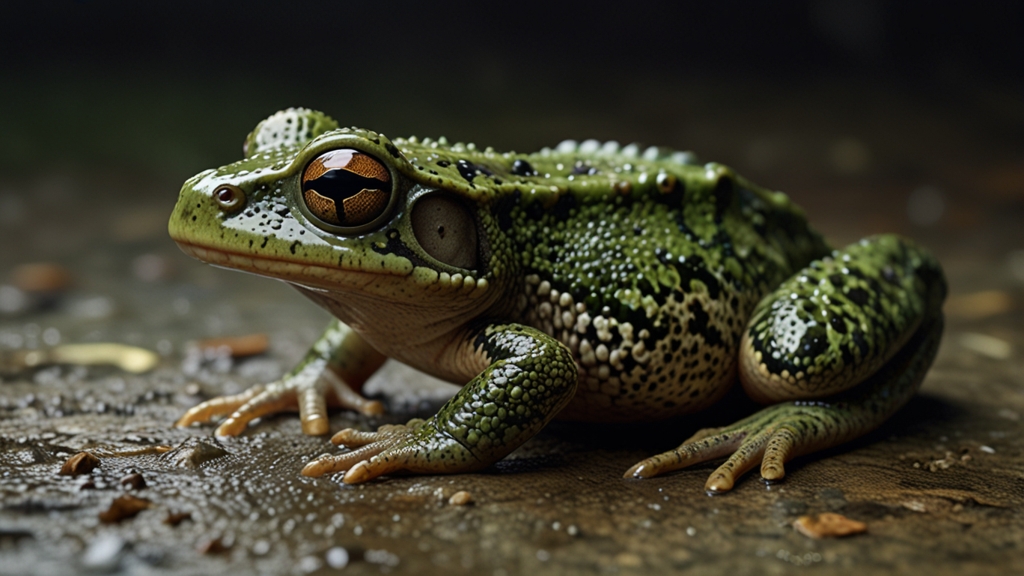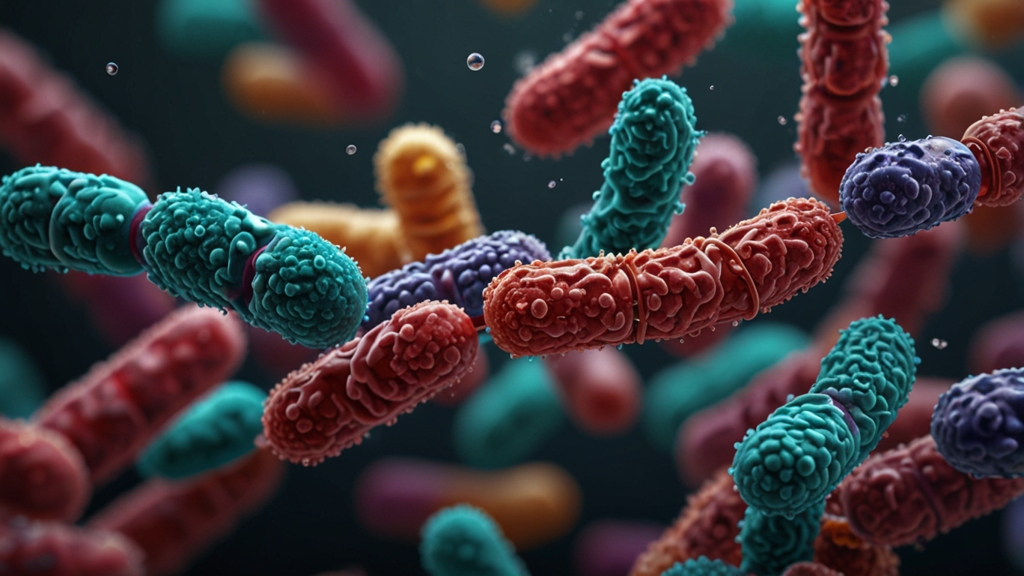The Future of Amphibians: Can We Save Them Before It’s Too Late?
The world's amphibians are on the brink of a crisis. With nearly one-third of all amphibian species currently threatened with extinction, the imperative to take action has never been more urgent. These creatures, which include frogs, toads, salamanders, and newts, have survived on Earth for over 300 million years, but their future now hangs in the balance.
Understanding the Crisis
Amphibians are facing a multitude of threats from habitat destruction and climate change to pollution and disease. The most notorious of these diseases is chytridiomycosis, caused by a fungal pathogen, which has decimated amphibian populations worldwide. Additionally, climate change is altering the ecosystems that these animals depend on, making it harder for them to survive and reproduce.
"The amphibian extinction crisis represents the greatest loss of biodiversity since the dinosaurs’ demise 65 million years ago." - Global Amphibian Campaign
Furthermore, pollution in the form of pesticides and fertilizers runs off into water bodies, creating toxic environments for amphibians, who have highly permeable skin and are particularly sensitive to chemicals. Habitat destruction due to urbanization, agriculture, and deforestation further aggravates the problem, leaving these species with fewer places to live and breed.
Conservation Efforts
Despite these challenges, numerous efforts are underway to save amphibians. Conservationists are working on habitat restoration projects, creating protected areas, and implementing breeding programs to bolster populations. For example, the Amphibian Ark initiative aims to rescue species on the verge of extinction by maintaining them in captivity until their habitats can be restored or made safe again.
"Captive breeding programs are crucial as they act as a genetic reservoir for the future, should wild populations completely disappear." - Amphibian Ark
Research is also being conducted to combat diseases such as chytridiomycosis. Scientists are exploring the use of probiotics to strengthen the amphibians' natural defenses against the fungus. Additionally, environmental DNA (eDNA) technology is being developed to detect amphibian presence in water bodies, allowing for more effective monitoring of populations.
Education and advocacy play a vital role as well. By raising awareness about the plight of amphibians, conservationists hope to garner public support and funding for conservation initiatives. Campaigns that highlight the importance of amphibians to ecosystems—such as their role in controlling insect populations and indicating environmental health—can motivate communities to take action.
Looking Ahead
The future of amphibians may indeed appear bleak, but there is still hope. Collaborative efforts between governments, environmental organizations, scientists, and the public can yield tangible results. Stricter regulations on pollution, greater investment in research and conservation, and fostering a global appreciation for amphibians are key strategies that can help save these remarkable creatures.
Ultimately, the question remains: Can we turn the tide before it’s too late? History has shown that with concerted efforts, species can be brought back from the brink of extinction. The fate of amphibians is a litmus test for our willingness and ability to protect the planet's biodiversity. Ensuring their survival is not just about preserving amphibians but about safeguarding the intricate web of life that sustains us all.




